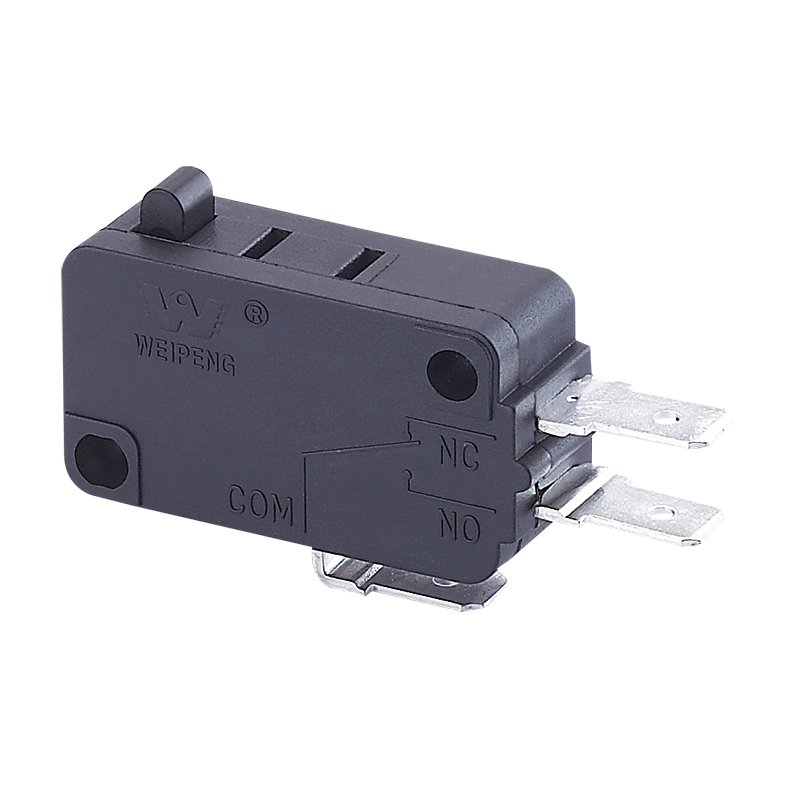As technology continues to advance, it becomes increasingly important to keep an eye on the tiny components that make up our electronic devices. One such component is the tiny microswitch, which is an essential part in many electronic devices. This tiny basic switch is designed to control the flow of electricity and circuits. In this article, we will delve into the technical parameters of this switch and detail some considerations when using it.
Technical Parameters
The rated current range of miniature micro switches is 5(2)A to 25A, and the rated voltage is AC 125V/250V and DC 12V/24V. Its certifications include UL, cUL (CSA), VDE, KC, ENEC and CQC. To ensure optimal performance of this switch, it is important to pay attention to its specifications.
The contact resistance of the micro switch is ≤30mΩ (initial value), and the insulation resistance is ≥100MΩ500VDC. The dielectric voltage between non-connecting terminals should be 1000V/0.5mA/60S, and the dielectric voltage between terminals and metal frame should be 3000V/0.5mA/60S. The electrical life expectancy of the switch should be at least 50,000 cycles and the mechanical life should be at least 1,000,000 cycles. The working temperature range should be between -25~125℃. The electrical operating frequency should be 15 cycles and the mechanical operating frequency should be 60 cycles. It has anti-vibration performance, that is, the vibration frequency should be between 10~55HZ, the amplitude is 1.5mm, and the three directions are 1H.
Precautions
Although a tiny micro switch is a small component, it is an essential part of any electronic device. Here are some precautions to consider when using this switch.
1. Operating environment
It is important to note that this switch is designed for a specific operating environment. It should be kept away from humid and dusty environments as these will affect its performance. The ideal working temperature range should be between -25~125℃.
2. Electrical connection
When making electrical connections, make sure the switch is connected correctly. Connection points should be free of dust and debris. It is recommended that at least 80% of the part be covered by solder. The welding temperature is 235±5℃, and the soaking time is 2~3S. Soldering heat resistance 260±5℃5±1S, manual welding 300±5℃2~3S.
3. Safe handling
This switch must be handled with care during installation or maintenance. Avoid sharp objects as they can damage the switch and render it unusable. Keep the switch away from liquids and moisture, as any contact may cause a short circuit and affect its performance.
4. Testing and certification
Before using the miniature micro switch, please make sure it has passed the relevant test and obtained the certifications of UL, CSA, VDE, ENEC, TUV, CE, KC and CQC.
in conclusion
Micro switches are critical components of any electronic device. It controls the flow of electricity and circuits, ensuring that equipment operates at its optimum. When using this switch, it is important to consider specifications such as current and voltage ratings, as well as precautions such as operating environment, electrical connections, safe operation, testing and certification. By observing these precautions, you can guarantee the best performance from this miniature snap switch.

Post time: May-08-2023

